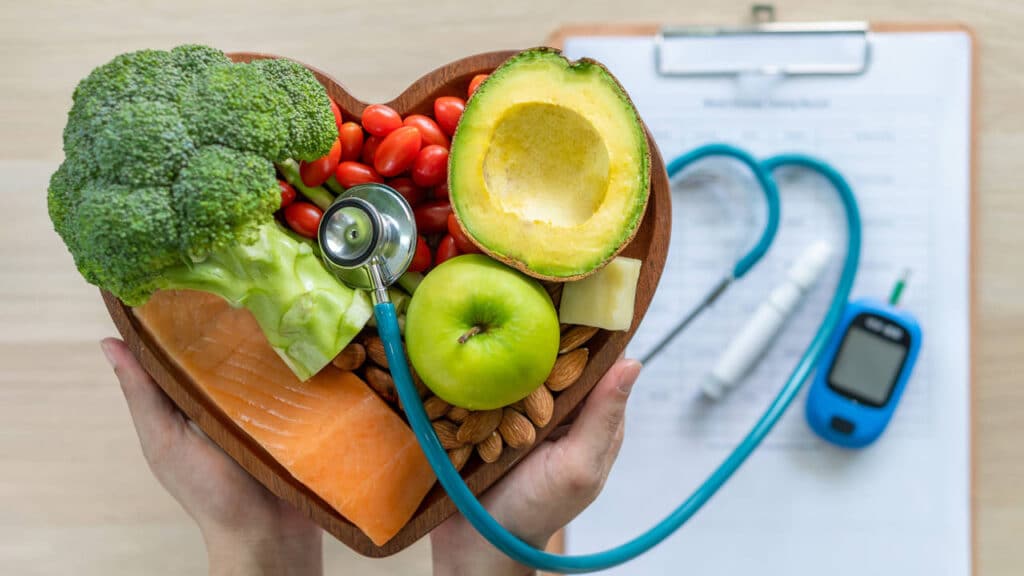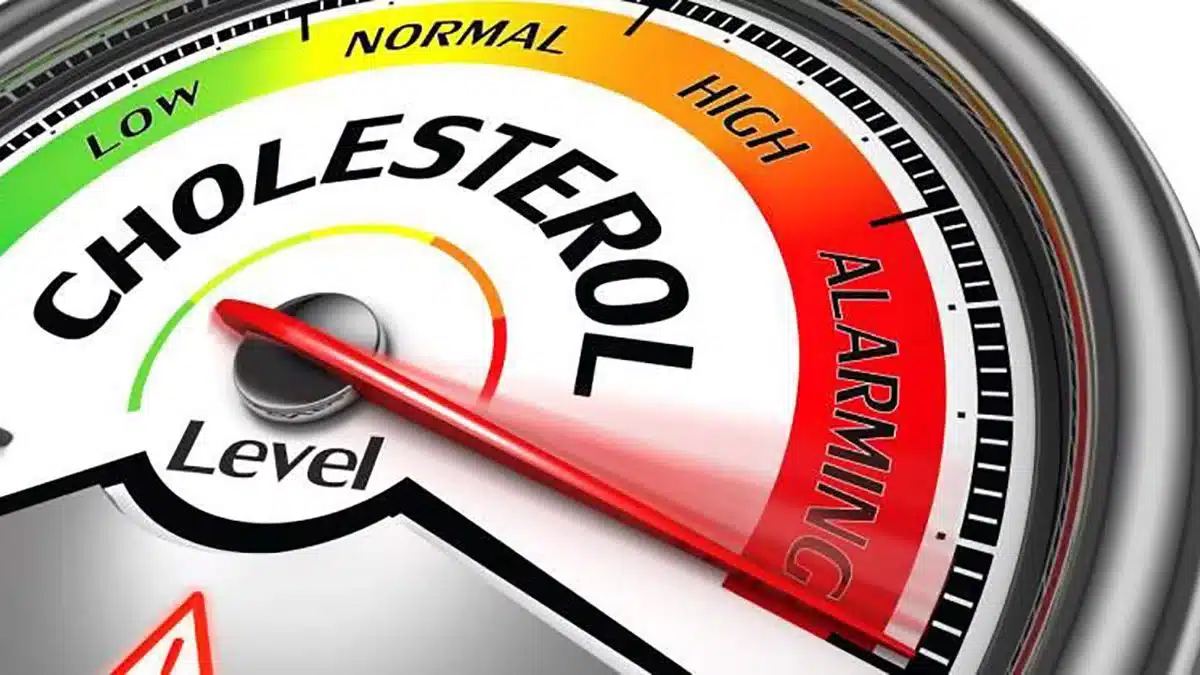Not so good, not so bad, not the opposite. This expression could be applied today to cholesterol, one of the most popular health indicators, not only because of its incidence but also because of the discrepancies it is raising in terms of its healthy levels and its effects on the body.
Cholesterol affects today, according to several studies, to more than half of the Spanish populationand its treatment is approached from different angles. The most recent, almost close to the denialismis sceptical about the link between cholesterol and cardiovascular risk, as well as the positive effects of a low-fat diet. Statins, the cholesterol-lowering drugs, are not spared from review either.
It also includes conspiracy theories that claim that behind the bad reputation of cholesterol is the sugar industry, which is bent on diverting the origin of problems such as obesity, dyslipidaemia or cardiovascular accidents from its consumption.
Scientific evidence and a flexible and personalised approach
On the other side we find traditional medicine, based on scientific evidence. Here we find highly prestigious institutions such as the Spanish Heart Foundation, which warns us, first of all, of the danger of not subjecting these fat particles circulating in the body, which are mostly produced in the liver, to regular checks.
When dealing with the increase in cholesterol in the body, this institution is very aware of its different nature. On the one hand, what is known as "good" cholesterol, HDL, which collects excess cholesterol and returns it to the liver for excretion, and on the other hand, "bad" cholesterol, LDL, which transports the new cholesterol to all cells.
Same bad cholesterol data, different level of risk
And what parameters should a blood test show in order to conclude that we are far from the risk of suffering a heart attack or stroke, for example? Standard indicators set the limit for total cholesterol - the sum of the above - at between 200 and 240 mg/dl. The former would be considered normal and the latter high. Here, LDL has to be lower than 160 mg/dl and HDL higher than 35 mg/dl in men and 40 mg/dl in women.
These scales refer to the patient who does not present cardiovascular risk, and it is in relation to this aspect where another more flexible point of view appears in terms of diagnosis and control measures. This is where the Neolife anti-ageing medicine professionals stand, highlighting that the same levels of bad cholesterol can pose different risks, depending on genetic inheritance, lifestyle habits and other factors. For example, explains Dr Celia Gonzalo, "people who smoke, consume alcohol and are sedentary have more oxidised and therefore more dangerous cholesterol particles". Another particularity would be in those who suffer from diabetes. While a person with diabetes needs to maintain LDL cholesterol levels below 100 mg/dl, in other situations a target of less than 55 mg/dl can be pursued.

Watch out for good cholesterol
These professionals thus avoid the standard consideration of bad cholesterol, but also draw attention to the protective effect of good cholesterol. Because nothing, not even the good, is positive in excess. They cite a study published in the Journal of Thoracic Diseasewhich shows how all-cause mortality rates increased significantly for men with HDL-C levels above 97 mg/dl and for women above 135 mg/dl. In these cases, the origin of such high HDL cholesterol levels is genetic.
Nutraceuticals, supplements, microbiota studies and hormone therapy, new approaches and treatments
Cholesterol control starts at Neolife from the base, that is, by modifying the diet, eliminating toxic habits and promoting physical activity. Afterwards, and taking into account that certain hormonal disorders can increase bad cholesterol, the problem is tackled through hormone therapy, replacing the hormones that have decreased with other bioidentical ones.
In addition to prescribing statins if necessary, the study of the microbiota is also addressed as a control measure, insofar as "having low beneficial bacteria makes our bad cholesterol higher and predisposes us to the onset of diabetes".
Nutraceuticals are another mainstay of treatment. Nutraceuticals encompass food products that provide health benefits by combining characteristics of food and nutritional supplements. Dr. Gonzalo cites red yeast rice, which is also included in the NeoCholesterol Control, a natural product from Neolife to accompany meals in case of hypercholesterolemia.
Finally, Neolife reminds us that the now fashionable "cholesterol vaccine" is not a vaccine, but an injectable medication, indicated for when statins do not fulfil their mission.






